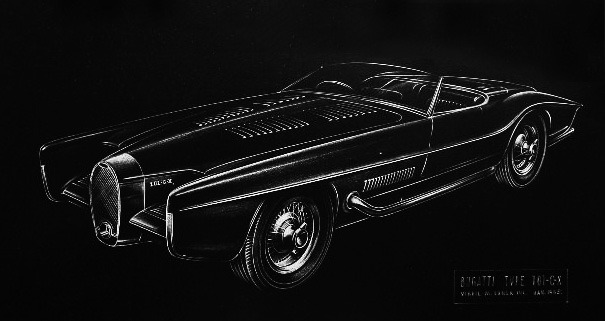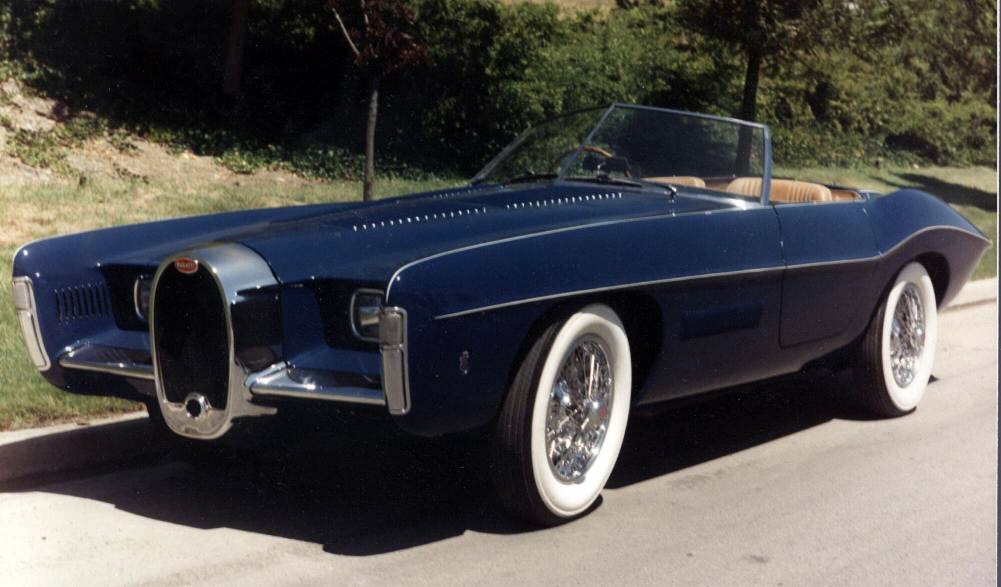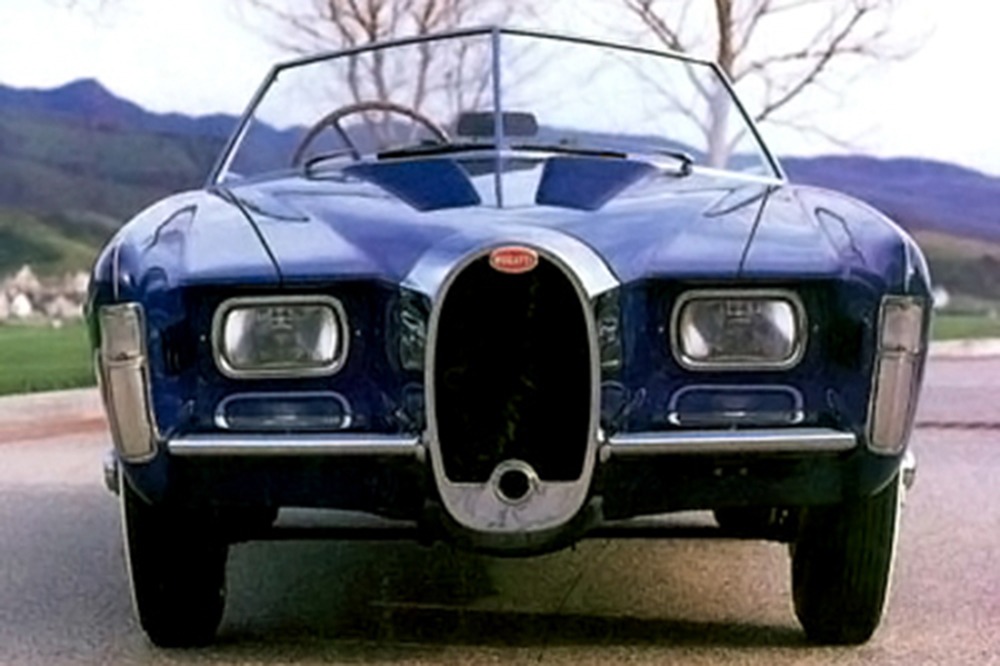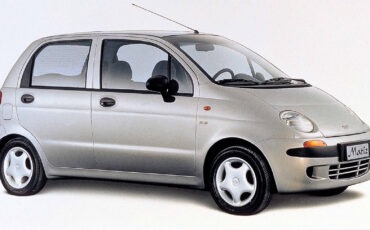
The origin of the Bugatti Type 101-C Ghia
The Bugatti factory in Molsheim, left in ruins after WWII, was finally confiscated by the state and not given back until 1947 when Ettore Bugatti died. Roland, Ettore’s youngest son tried to produce new models based on prewar prototypes which were not much of a success, like Type-101. It was developed by Pierre Marco, former Race Driver and the postwar General Manager of Bugatti, based on Type-57 using the remaining parts buried to survive WWII. So how was the Bugatti Type 101-C born ?
The car was exhibited at 1951 Paris Motor Show but not well received, mainly for the outdated technology and high price in the postwar depression. It was also RHD which couldn’t be exported to the US. Just 5 were made and sold with 2 other modified T-57 chassis to be bodied by different coach-builders. A 6th made but never bodied chassis (no. 101506) was later sold to the great designer Virgil Exner.

The revival car
After Exner left Chrysler, he started working as a freelance designer with his son, Virgil Jr. in Michigan. He sketched some “Exner Revival Cars” for an article in American “Esquire” magazine, imagining what the modern cars by great defunct manufacturers would look like if they existed, including designs for Stutz, Packard, Duesenberg and later the Bugatti Type 101-C .
He styled the body with his signature shapes & curves adding the Bugatti horseshoe grille, his son designed the interior and finally Ghia built the body on Exner’s modified Type 101 chassis in 6 months. The Bugatti Type 101-C Ghia was shown at the 1965 Turin Motor Show but couldn’t attract any investors.

Tecnical specifications
The Bugatti Type 101-C Ghia was built on the shortened 112” chassis with an old fashioned suspension of Solid Axle with semi-elliptical leaf springs in the front, and Live Axle with reversed quarter-elliptical leaf springs in the rear, both with telescopic shock absorbers, also featured with hydraulic drum brakes. It was powered by a modified T-57 engine used for T-101C which was a Supercharged Straight-8, DOHC (driven by chain, not gear), fed by 2 Weber carburetors, with a bore/stroke of 72/100mm and a total displacement of 3257cc able to produce around 190hp @ 5200rpm delivered by an up-to-date silent 4-speed gearbox with overdrive.


